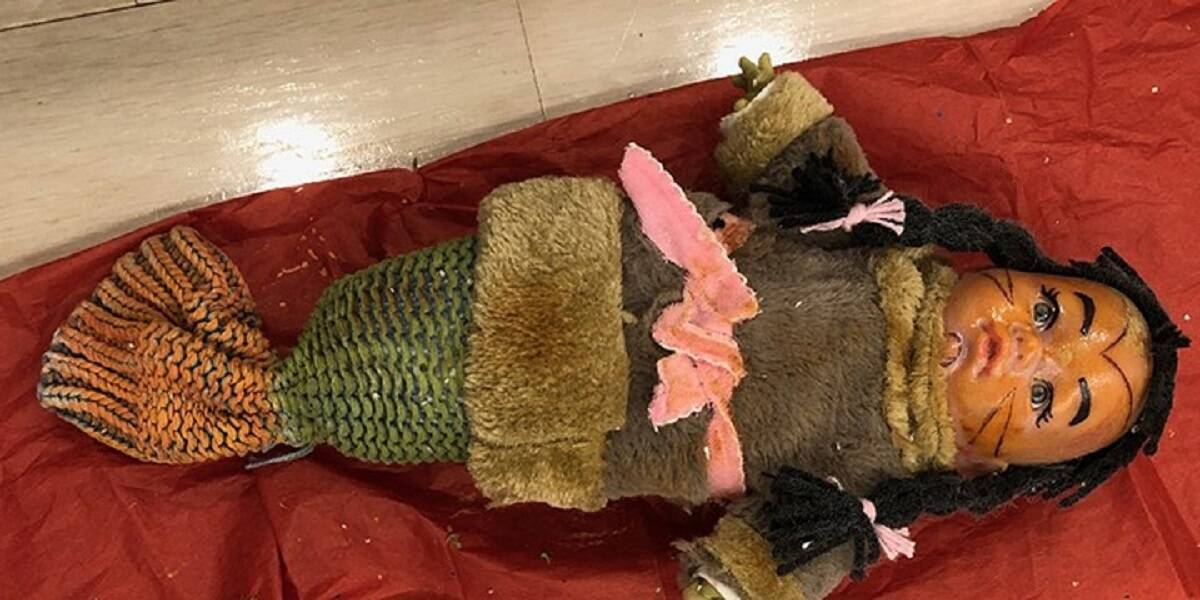After the animated children’s movie Sedna, Empress of the Sea was released on Nov. 7 at the Astro Theatre in Iqaluit, some viewers were critical of what they said were inaccuracies in the film.
Andrea Andersen, sent an email to producers to share her concerns about the lack of Inuit consultation during production of the film and how she thinks it resulted in various cultural flaws.
In an interview with Nunavut News, Jerry Thevenet, the movie producer and founder of Jerryco Animation, says the animation studio heard the critics, and explains how they are going to respond.
Q: Some people have been saying the animation was not culturally appropriate for various reasons.
A: Yes, a few people in Iqaluit thought that it was going to be the traditional legend of Sedna the goddess of the sea and were quite surprised that it wasn’t.
Q: I heard that you would delay premieres down south until critics are heard. Is that true?
A: Yes, we are delaying the official release until we find a way to address everyone’s concerns. One of the parents from Iqaluit that reached out to us was kind enough to send us a list of organizations that she thought might help. We are following up with some of them now, in addition to reaching out to members of our community and discussing the matter with colleagues.
Q: Could you tell me more about the research you’d done before creating this movie?
A: Sedna, Empress of the Sea is based on a story my grandmother told me when I lived with her as a young boy in Labrador (NunatuKavut) in the 1960s. It wasn’t meant to be the retelling of the traditional Inuit legend from Nunangat, nor a real life depiction of Inuit people, traditions or culture. It was a reflection of my culture, my community and the stories that we share.
Q: Are there details you feel might have to be changed?
A: That is a great question. I share a unique cultural heritage with a very small group of people. We are a mix of both European and Inuit ancestry who historically referred to ourselves as Labrador Métis, but now call ourselves Inuk from NunatuKavut. Ours is like no other Indigenous culture I know. We live in an isolated community that traditionally ate caribou instead of beef, sewed mukluks and sealskin parkas, tended traplines and fishing nets, picked spruce gum and red berries, and ate hardtack and bannock we called “ flummy dums.” We live and understand two distinct ways of life. It is a beautiful culture and I cherish it deeply. Sedna, Empress of the Sea is a reflection of this unique culture and its storytelling.
Q: From which part of Canada is this version of Sedna based out of?
A: Happy Valley, Goose Bay, Labrador (NunatuKavut)
Q: Is there something you would have done differently in production?
A: Indigenous people in Canada are not one homogeneous group. We are a collection of distinct communities, each with its own traditions, languages and stories to tell. In making Sedna, Empress of the Sea, I tried to tell mine.
My grandmother was an excellent seamstress. When I was a kid, she used to make little sealskin figurines for me. When the huskies would eat them she wouldn’t tell me, she would just make me another one. One day she made a doll for one of my cousins. Instead of making it from scratch, she bought a plastic doll from the store and dressed it up to look like a little Inuit girl, complete with braids and face tattoos, so when she told me the story of Sedna that is how I imagined her.
I know muktuk is considered a delicacy among the Inuit, but probably not so by everyone else, so I thought why not use it for character transition. At first, Billy (a film character who has spent time down south) doesn’t want to eat this traditional food, but as the story unfolds he begins to like it, and by the end he is gobbling it up. That is him accepting his Indigenous culture, much like Sedna accepting that she is the ruler of the sea.
Of all the scenes in the film, the one I was most conflicted with was when Sedna and the caribou rub noses at the end. I knew this could potentially be controversial, but it is what my grandmother and I used to do before I went to bed, it was also a misconception that was prevalent in the ‘60s that I thought helped establish when the film takes place. Perhaps a disclaimer might have helped?
In hindsight, I would have let people know at the beginning of the film that it wasn’t going to be a traditional retelling of the Inuit legend of Sedna; that the storylines, characters and settings were how a six year old boy living with his grandmother in Goose Bay in ‘60s imagined them; that young Inuit girls don’t have face tattoos; that muktuk is actually quite delicious; and that Inuit people don’t rub their noses together when they kiss. I also would have let parents know that some of the themes, images and subject matter might require parental supervision.

